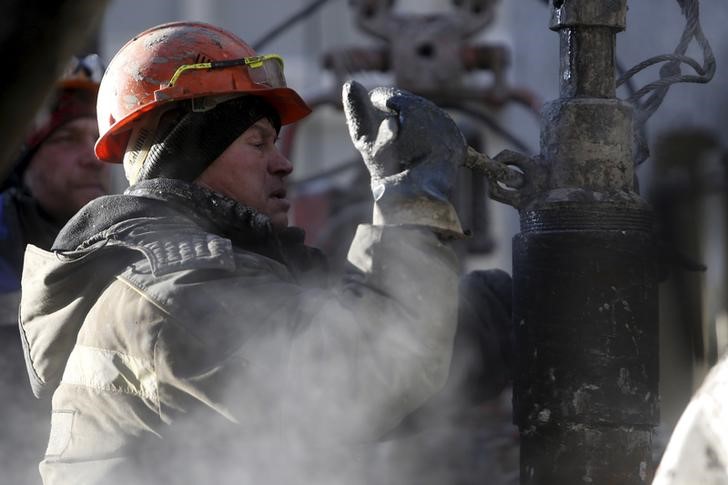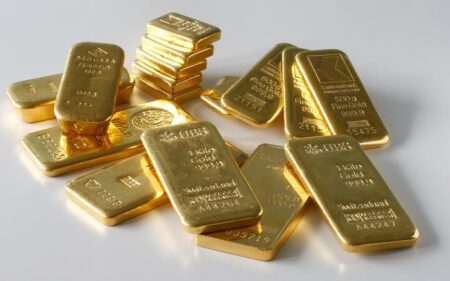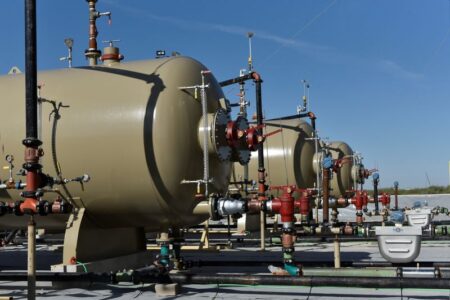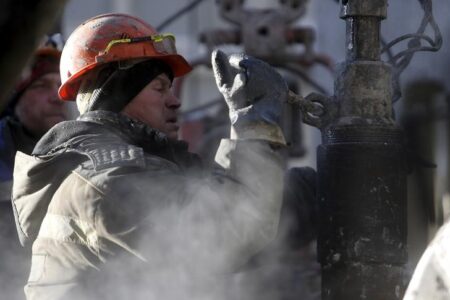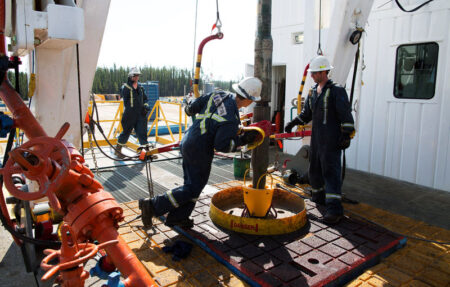By Florence Tan
SINGAPORE (Reuters) – A global shortfall in supply is set to deepen in the third quarter as the world’s top exporter Saudi Arabia pledged extra output cuts from July in a move likely to push towards $100 a barrel by the end of the year, analysts said.
Oil prices jumped more than $1 a barrel on Monday as the Saudi energy ministry said on Sunday its output would drop to 9 million barrels per day (bpd) in July from around 10 million bpd in May, the kingdom’s biggest reduction in years.
The voluntary cut pledged by Saudi is on top of a broader deal by the Organization of the Petroleum Exporting Countries and their allies including Russia to extend production cuts into 2024 as the group seeks to boost flagging oil prices.
“Saudi Arabia has a track record of delivering on material cuts,” RBC Capital’s Helima Croft said in a note.
“Hence, we would expect the full 1 million bpd unilateral cut to hit the market in July, nearly doubling the true physical reduction we have seen from the producer group since October.”
The move has paved the way to tighter supplies and put a $70 a barrel floor under prices, analysts said, however the Saudi cut is not likely to drive prices sharply higher immediately as it will take time for inventories to be drawn down.
“With Saudi Arabia protecting oil prices from sliding too low by cutting production, we think oil markets are now more prone to a shortfall later this year,” Commonwealth Bank of Australia (OTC:) analyst Vivek Dhar said in a note.
“We think Brent futures will rise to $85/bbl by Q4 2023 even with a tepid demand recovery in China factored in.”
Goldman Sachs (NYSE:) analysts Daan Struyven and Callum Bruce said the “moderately bullish” OPEC+ meeting partly offsets some bearish risks to the bank’s December 2023 price forecast of $95 a barrel, including stronger-than-expected supply from Russia, Iran, and Venezuela, and weaker-than-expected Chinese demand.
ANZ said the potential for a strong rally in crude prices had risen sharply as supply is expected to tighten significantly in the second half of the year if the U.S. Federal Reserve pauses interest rate hikes and macroeconomic headwinds ease.
“Investors are likely to add bullish bets, comfortable that Saudi Arabia and OPEC will provide a backstop should the market hit any hurdles,” ANZ analysts Daniel Hynes and Soni Kumari said in a note, maintaining their year-end target of $100 a barrel for Brent.
However price gains may be limited in the short term until there are signs of tightening in the physical market, they added.
By contrast, the United Arab Emirates was allowed to raise output targets by around 200,000 bpd to 3.22 million bpd while Russia, African and other smaller producers cut their quotas to bring them into line with their actual production levels.
“ADNOC’s investment in expanding spare capacity and its Murban (price) benchmark has fueled concerns that it might eventually look to exit the producer group and fully monetize these investments,” RBC’s Croft said.
“Affording it the 200,000 bpd quota adjustment for 2024 seems to settle the issue of its OPEC membership for now.”
Read the full article here



